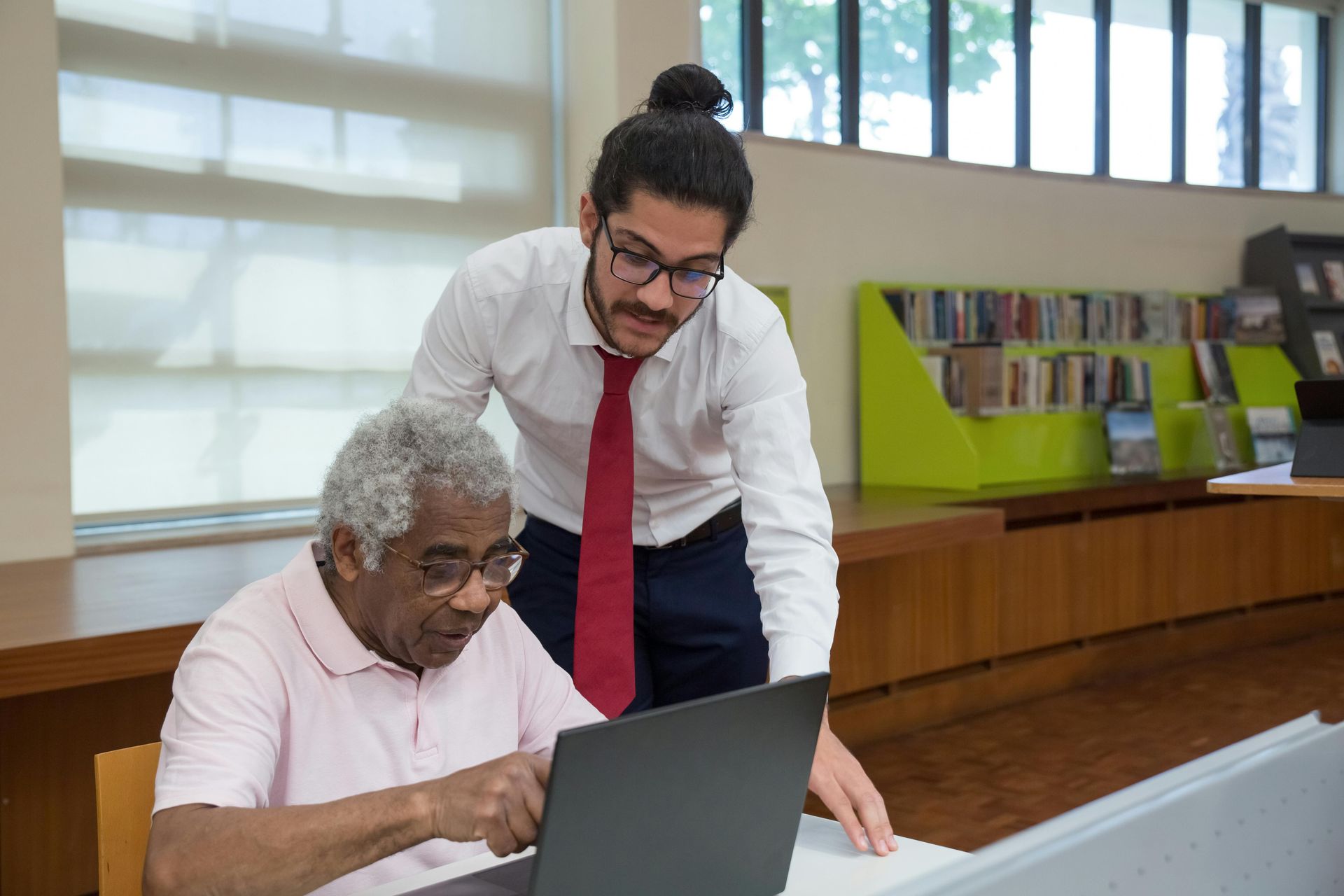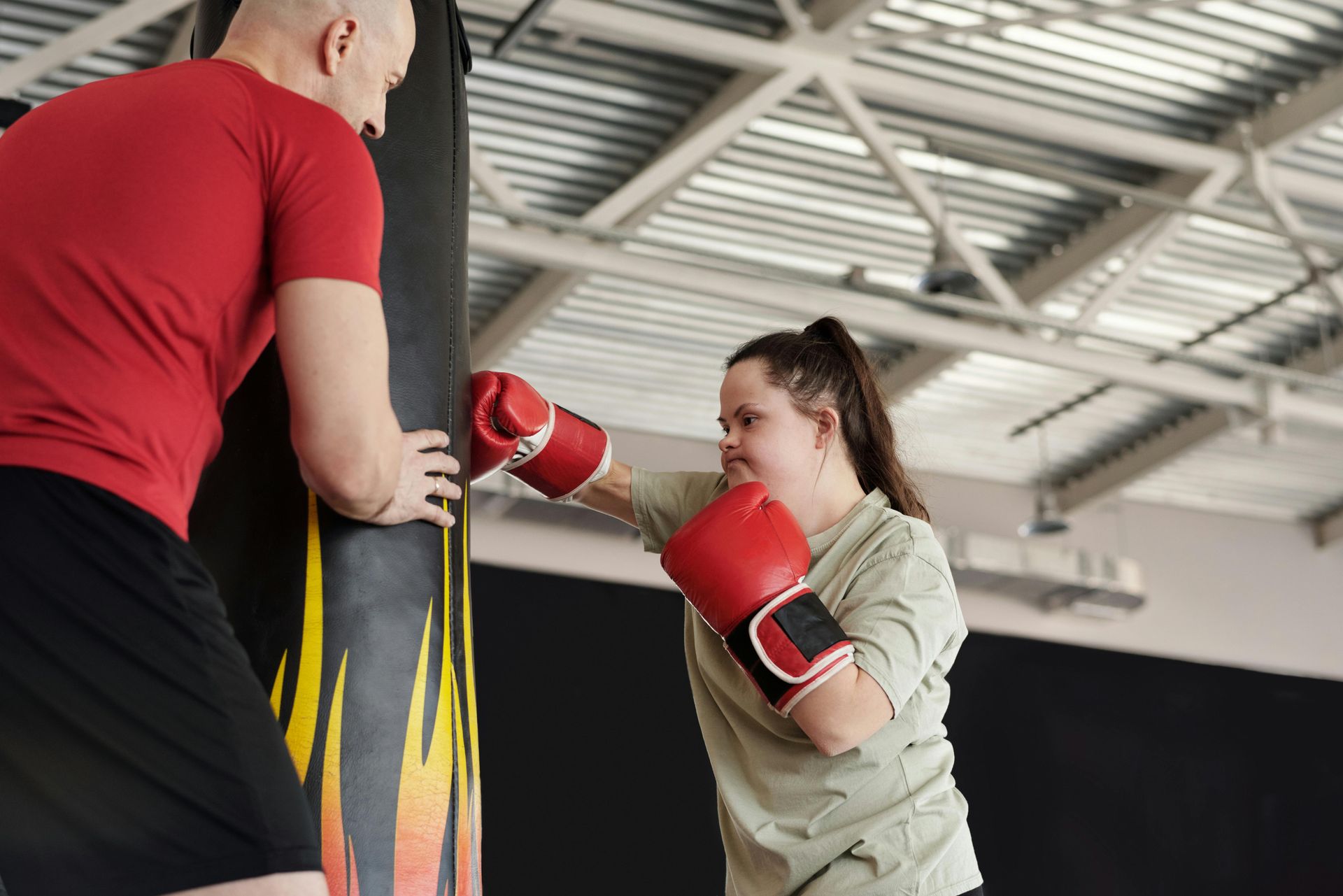Creating an Accessible Home: Enhancing Comfort and Independence
For individuals with disabilities, seniors, and those with mobility challenges, an accessible home can make a world of difference. A well-adapted home fosters independence, enhances safety, and improves overall quality of life. Whether you are making adjustments for yourself, a loved one, or planning for the future, here are essential tips to ensure your home is both comfortable and accessible.
1. Entryways and Doorways
A home should be welcoming to all, and that begins at the entrance. Consider these modifications:
- Ramps and Level Entryways – Replace steps with a gradual ramp or install a threshold ramp to eliminate barriers.
- Wider Doorways – Standard doorways can be narrow, making wheelchair access difficult. Expanding doorways to at least 36 inches can improve maneuverability.
- Automatic or Lever Handles – Traditional round doorknobs can be challenging for individuals with limited hand strength. Lever-style handles or automatic door openers make entry easier.
2. Flooring and Pathways
Flooring plays a critical role in accessibility. To prevent trips and falls, consider:
- Non-Slip Flooring – Hardwood, tile, and laminate flooring should have a non-slip finish. Avoid thick rugs or carpeting that can create obstacles.
- Clear Pathways – Ensure furniture placement allows for clear movement, especially for wheelchair users or those using mobility aids.
3. Kitchen Modifications
An accessible kitchen fosters independence and allows individuals to engage in daily activities safely. Adaptations include:
- Lowered Countertops and Sinks – Wheelchair users benefit from countertops adjusted to a height of 30-34 inches.
- Pull-Out Shelves and Lazy Susans – These features reduce the need to reach for items, making kitchen storage more accessible.
- Touch or Lever Faucets – Touch-sensitive or lever-handled faucets are easier to operate than traditional knobs.
4. Bathroom Safety and Accessibility
The bathroom is one of the most critical areas to adapt for accessibility. Recommended changes include:
- Grab Bars – Install grab bars near the toilet, bathtub, and shower to provide support and prevent falls.
- Walk-In Tubs and Roll-In Showers – These options eliminate the need to step over high tub walls, making bathing safer.
- Handheld Showerheads and Adjustable Sinks – These modifications enhance ease of use for individuals with mobility limitations.
5. Smart Home Technology for Accessibility
Advancements in technology have made accessibility easier than ever. Consider:
- Voice-Activated Systems – Smart assistants can control lighting, temperature, and appliances hands-free.
- Automated Blinds and Lighting – Remote-controlled blinds and voice-activated lights enhance convenience.
- Video Doorbells – These provide an extra layer of security and allow individuals to see who is at the door without moving.
6. Creating an Inclusive Living Space
An accessible home benefits everyone, not just individuals with disabilities. Whether incorporating universal design elements or making targeted modifications, these adaptations foster independence and improve safety.
If you or a loved one need professional guidance on adapting a home for better accessibility, explore available resources and expert services that can assist in creating a comfortable and safe environment.










